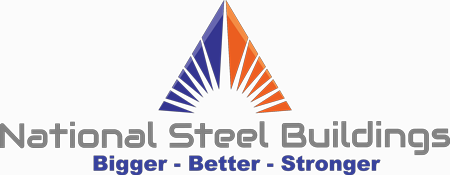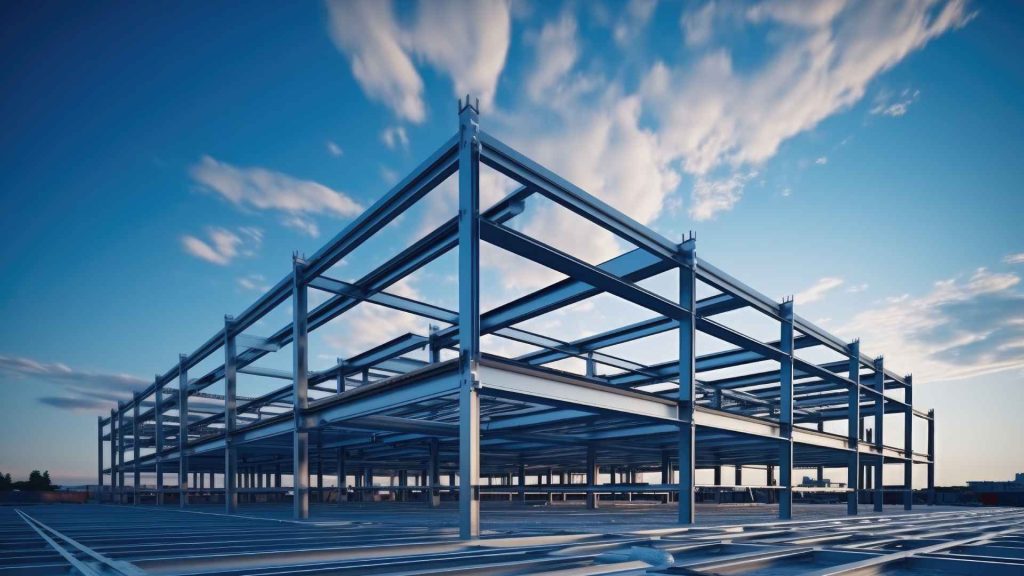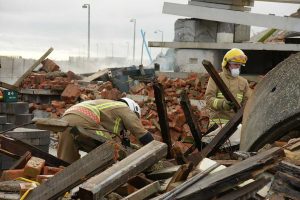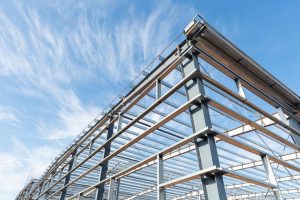Steel buildings have long been valued for their strength and durability, but recent advancements in design and technology are taking these structures to new heights. As we look to the future, it’s clear that innovations in steel building design are not just improving our current construction methods, but also shaping the future of the industry. This article explores the latest trends in steel building design and speculates on future developments that could revolutionize how we build.
Current Innovations in Steel Building Design
1. Eco-Friendly Materials and Practices
One of the most significant trends in steel building design is the increased focus on sustainability. Modern steel buildings now often incorporate eco-friendly materials, such as recycled steel, which significantly reduces the environmental impact of construction. Additionally, new coating technologies are being developed to make steel more resistant to corrosion, thereby extending the lifespan of the structures and reducing maintenance needs.
2. Modular and Prefabricated Designs
The rise of modular and prefabricated steel buildings is changing the face of construction. These buildings are manufactured in a factory and then transported to the construction site, where they are assembled. This method not only speeds up the construction process but also reduces waste and disturbance at the site. Modular buildings are particularly beneficial in areas where traditional construction might be challenging, such as remote locations or dense urban environments.
3. Advanced Computer-Aided Design (CAD) Techniques
Computer-aided design has revolutionized the way steel buildings are planned and constructed. CAD allows for precise calculations and visualizations of structures before they are built, enabling more complex and innovative designs. This technology also facilitates better collaboration among architects, engineers, and construction teams, ensuring a more cohesive and efficient building process.
Future Developments in Steel Building Design
Looking ahead, there are several areas where we can expect to see transformative changes in steel building design:
1. Integration of Smart Technology
Smart technology is set to play a significant role in the future of steel buildings. Imagine structures equipped with sensors that can monitor stress, temperature, and even detect structural issues before they become serious problems. This technology could lead to buildings that are not only more efficient and safer but also capable of adapting to changing environmental conditions.
2. 3D Printing in Construction
3D printing is another area with enormous potential in steel construction. Although still in its infancy, 3D printing could allow for the creation of steel components with complex geometries that are difficult or impossible to achieve with traditional manufacturing methods. This innovation could lead to more versatile and visually striking designs, as well as reduce material waste.
3. New Steel Alloys and Composite Materials
The development of new steel alloys and composite materials could significantly enhance the performance and capabilities of steel buildings. These new materials could be lighter, stronger, and more flexible than traditional steel, opening up possibilities for more daring and innovative architectural designs.
4. Green Building and Energy Efficiency
As the world becomes more conscious of environmental issues, the demand for green buildings is likely to increase. Future steel buildings could incorporate more advanced energy-efficient designs and renewable energy sources, such as solar panels and wind turbines. This approach not only reduces the carbon footprint of the buildings but also offers long-term cost savings in energy consumption.
Conclusion
Steel building design is at an exciting crossroads, with current innovations paving the way for even more revolutionary developments in the future. From sustainability and modular construction to smart technology and 3D printing, the possibilities are vast. As we look forward, it’s clear that steel will continue to be a vital and evolving part of our construction landscape, offering solutions that are not only practical and durable but also innovative and environmentally responsible. The future of steel building design is not just about creating structures but about reimagining the very way we build and inhabit our spaces.




